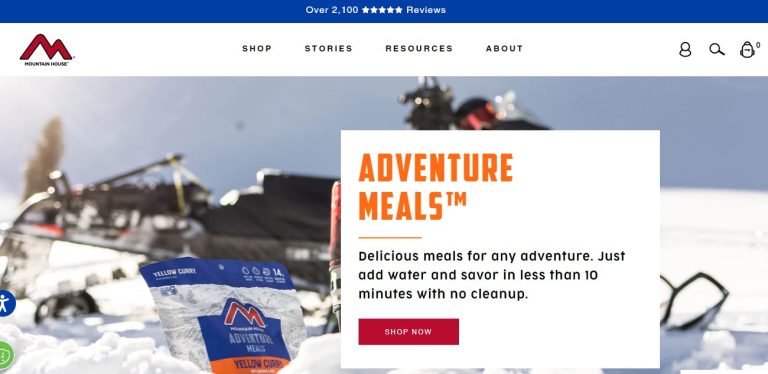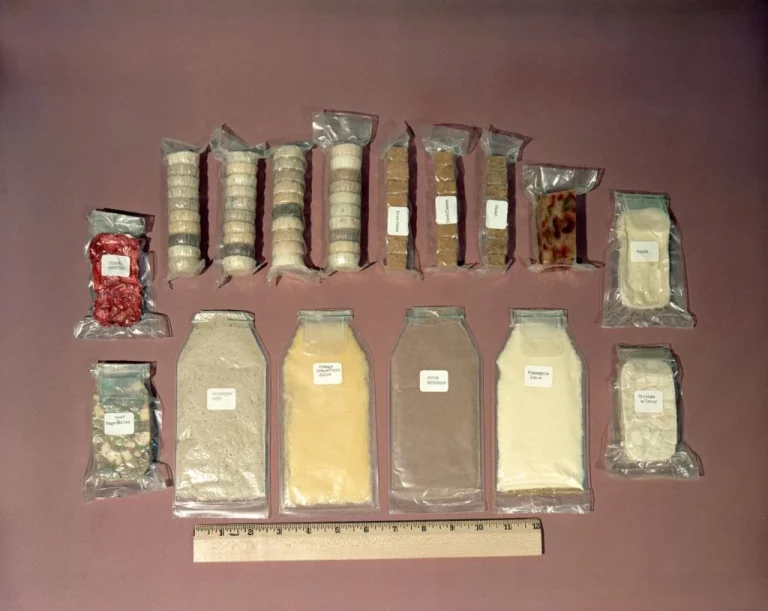Survival foods are specially designed food products that are intended to provide sustenance and nutrition during emergency situations or times of crisis when regular food sources may not be readily available. These foods are typically non-perishable and have a long shelf life, allowing them to be stored for extended periods without spoiling.
Survival foods come in various forms, including freeze-dried meals, canned goods, energy bars, dehydrated fruits and vegetables, and meal kits. They are often compact and lightweight, making them easy to store and transport in emergency kits or bug-out bags.
These foods are formulated to provide essential nutrients and calories needed for survival, and they are designed to be easy to prepare with minimal cooking equipment or water.
Read: The Best Survival Food Companies
Types of Survival Foods
There are several types of survival foods, each with its advantages and considerations:
Canned Goods:
One of the go-to options for emergency food storage, canned goods offer durability and convenience. My pantry is stocked with trusted brands like Campbell’s and Del Monte, including canned fruits, vegetables, meats, and soups. These items have a long shelf life and require no refrigeration, making them reliable for long-term storage.
Freeze-Dried and Dehydrated Foods:
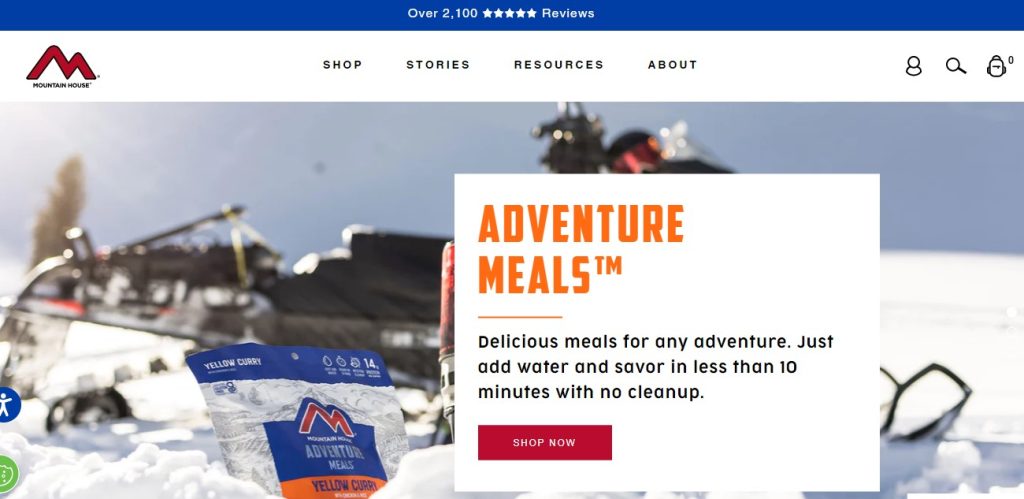
When it comes to lightweight and compact options with a lengthy shelf life, freeze-dried and dehydrated foods are unbeatable. I’ve found brands like Mountain House and Wise Foods to be excellent choices, offering a variety of options like freeze-dried fruits, vegetables, meats, and meals. They retain their nutrients and flavor, making them a nutritious addition to any emergency supply.
Energy Bars and Meal Replacement Products:
For on-the-go sustenance, energy bars and meal replacement products are my top picks. Brands like Clif Bar and RXBAR offer convenient options that provide a quick source of energy and nutrients. I always keep a stash of these in my emergency kit and evacuation bag for easy access during emergencies.
Ready-to-Eat Meals (MREs) and Packaged Foods:
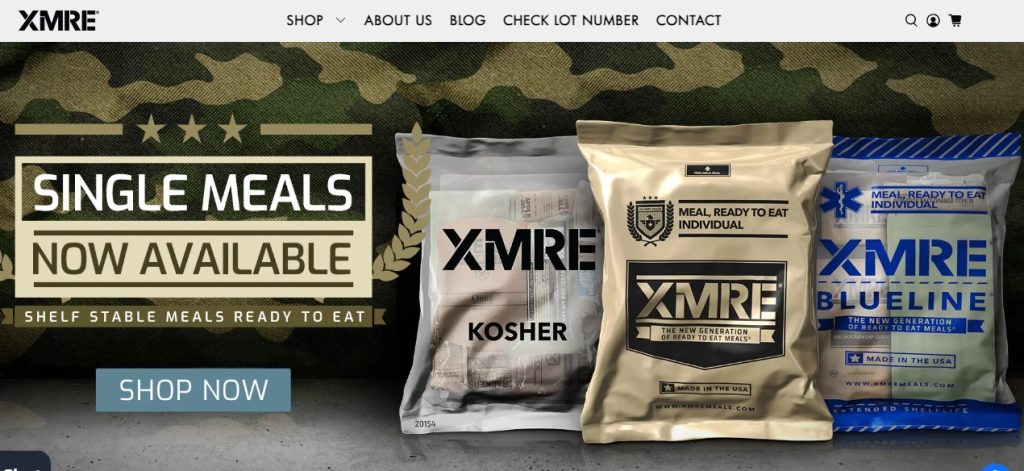
Ready-to-eat meals (MREs) are a staple in emergency preparedness, providing hassle-free sustenance during challenging situations. I trust brands like XMRE and Sopakco for high-quality options that include entrees, side dishes, snacks, and beverages in a single package. They’re perfect for situations where cooking or preparation isn’t possible.
Long-lasting Staples (Rice, Beans, Grains):
Staple foods like rice, beans, and grains are versatile ingredients that form the foundation of any survival food supply. These items have a long shelf life when stored properly and can be used to create a variety of meals and recipes.
Which is Best?
I personally think MRE meals are the best choice in case of emergency and survival situations since they are ready-made meals that can be eaten straight away with a good shelf-life. However, if you’re talking about long-term prepping for doomsday scenarios, what’s “best” or “important” might vary.
You can even learn to grow your survival food. There are plenty of resources online and books such as “Survival Garden” that will give you more info.
Why Survival Emergency Food?
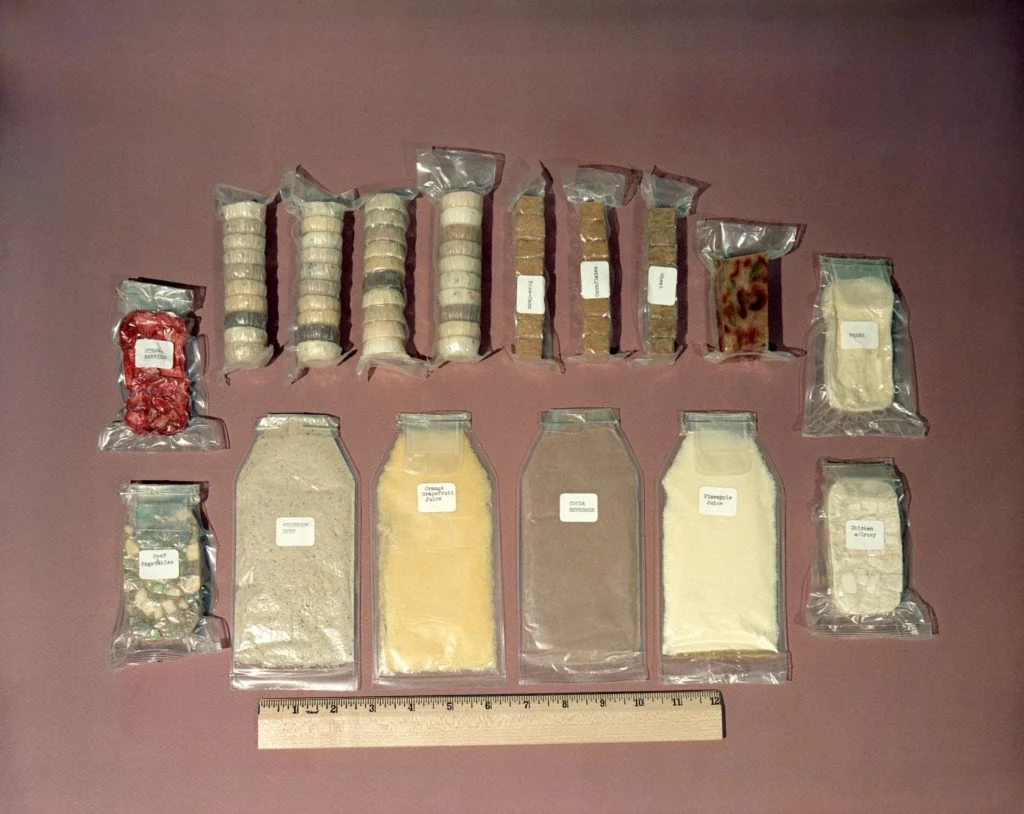
Survival food is a critical component of emergency preparedness, offering a lifeline during times of crisis. Whether facing natural disasters like hurricanes, earthquakes, or unexpected events like power outages or supply chain disruptions, having a stockpile of survival food ensures you and your family have access to sustenance when traditional food sources may be unavailable.
Incorporating survival food into your emergency preparedness plan is not just about reacting to crises; it’s about proactively safeguarding against potential risks.
It’s definitely something that I have taken more seriously after there was an earthquake where I live. Though it wasn’t a strong earthquake, it left thousands of people lining up in shops and gas stations.
You definitely don’t want to be stuck in that kind of situation when your life depends on it.
Do Survival Foods Provide Proper Nutrition?
Yes, survival foods can be nutritious, but it depends on the type and quality of the food chosen for emergency preparedness. Many survival foods are specifically designed to provide essential nutrients needed for sustenance during emergencies, offering a balance of carbohydrates, proteins, fats, vitamins, and minerals.
However, not all survival foods are created equal, and some may lack certain nutrients or contain excessive preservatives. It’s essential to carefully choose survival foods that offer adequate nutrition to support health and well-being during prolonged emergencies.
Can You Eat Survival Foods Long-Term?
Survival foods are designed to have a long shelf life, making them suitable for long-term storage. However, the nutritional quality and taste of these foods may degrade over time, especially if they are not stored properly. Factors such as temperature, humidity, and exposure to light can affect the shelf life of survival foods.
If you are eating processed survival foods for the long-term, it can be detrimental to your health. So ideally, you want survival foods that are whole and homegrown for long-term consumption, such as rice, beans, grains, etc.
Final Thoughts. Should You Buy a Kit?
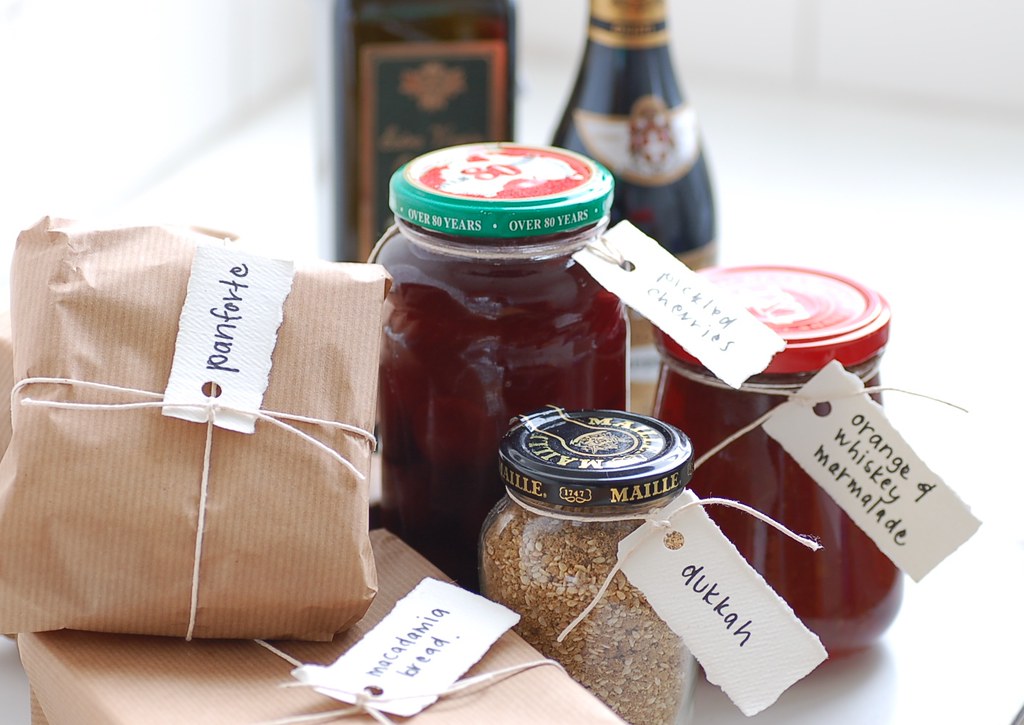
Yes, I would definitely recommend you get a survival food kit that can last at least a few days.
But make sure to choose a diverse range of survival foods, including options like canned goods, freeze-dried and dehydrated foods, energy bars, and long-lasting staples, which can help ensure a well-rounded and nutritious emergency food supply.
If push comes to shove, you can even survive months on such foods as long as you maintain a balanced diet with proper nutrition with minimal process and preservatives.
Also Read:


